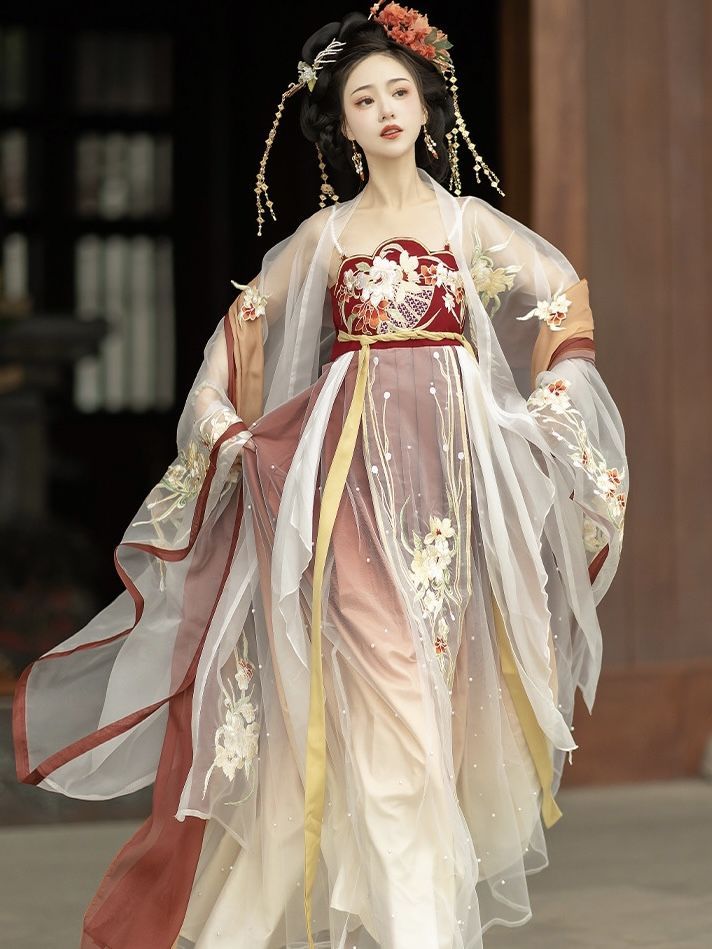In the tapestry of Chinese historical fashion, the Song Dynasty (960-1279 AD) stands out with its unique and distinctive style of Hanfu, a traditional clothing system that encapsulates the essence of ancient Chinese culture. The influence of Hanfu fashion extends across age groups, and children in the Song era were no exception to this cultural attire.
The Song era saw a significant evolution in children's fashion, with the Hanfu style becoming a prominent aspect of their attire. Children's clothing during this period was not only designed for comfort and practicality but also emphasized cultural identity and aesthetics. The intricate details and patterns of Hanfu attire were tailored to fit the growing bodies of children, ensuring both comfort and style.
The primary color palette for children's Hanfu in the Song Dynasty was often vibrant and lively, reflecting the youthful energy and innocence. Bright hues like red, green, and blue were commonly used, often combined with intricate patterns and designs. These patterns were not just for aesthetics but also had symbolic meanings, reflecting the cultural and spiritual values of the time.
The design of children's Hanfu in the Song Dynasty was influenced by various factors such as social status, age, and regional customs. Children of different ages wore different styles and designs to reflect their growth and development. For instance, younger children wore simpler designs with fewer layers, while older children wore more intricate designs with more layers as they grew older. The clothing also reflected the cultural practices of the time, with specific designs and patterns associated with different regions or provinces.
The materials used in making children's Hanfu were also carefully chosen for their durability, comfort, and aesthetics. Silk, cotton, and other natural fabrics were commonly used, often adorned with embroidery or other decorative elements. These fabrics not only provided comfort but also allowed for breathability and movement, ensuring that children could wear them comfortably throughout their daily activities.
In addition to the clothing itself, children's accessories were also an integral part of their Hanfu attire. These accessories added to the overall aesthetic appeal of the outfit and often had symbolic meanings associated with them. For instance, small jade ornaments or traditional Chinese knots were often worn as symbols of protection and good luck.
The influence of Hanfu fashion on children in the Song Dynasty was not just about wearing beautiful clothes. It was also about instilling a sense of cultural identity and pride. By wearing Hanfu, children were not just wearing a piece of clothing; they were also carrying forward a legacy of their ancestors' culture and traditions.
In conclusion, the Song Dynasty's Hanfu style not only influenced adults but also left a lasting impact on children's fashion. The intricate designs, vibrant colors, and careful selection of materials reflect the rich cultural heritage and traditions of China. By wearing Hanfu, children in the Song era not only looked beautiful but also carried forward a legacy that continues to inspire and influence people even today.

